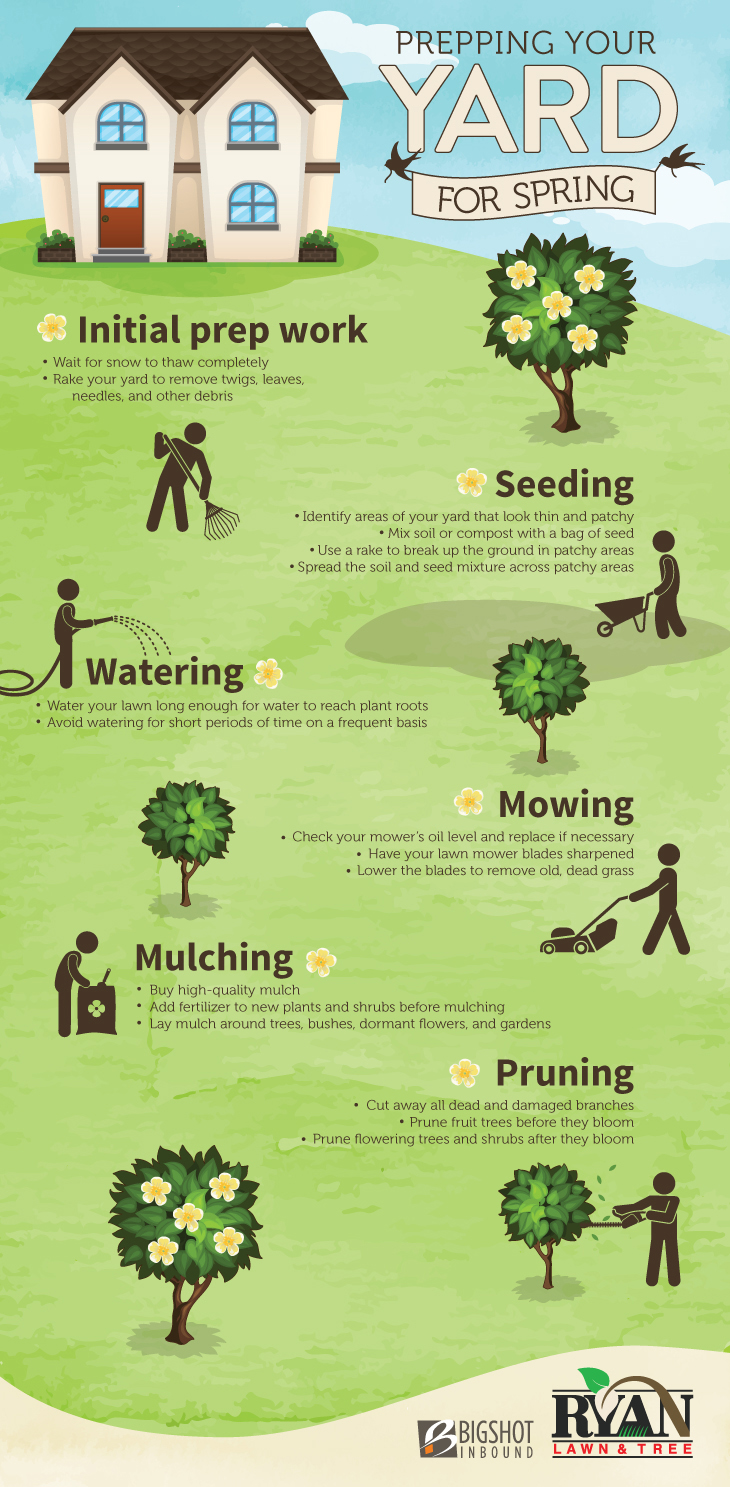Seasonal Tree Care: When And How To Trim For Maximum Development
Seasonal Tree Care: When And How To Trim For Maximum Development
Blog Article
Web Content By-Harrison Olesen
When it involves seasonal tree trimming, timing and technique are essential for your trees' health and wellness and growth. You might be stunned at just how much a simple cut can urge brand-new life. Recognizing when to trim dormant trees versus blooming ones can make all the difference. But it's not just about when; it's additionally regarding just how you do it. Let's explore the very best methods to guarantee your trees grow.
Understanding the most effective Seasons for Tree Trimming
When's the most effective time to cut your trees? The answer hinges on understanding the seasons. Late wintertime to very early spring is commonly ideal, as trees are still dormant. This timing lessens stress and anxiety and promotes much healthier development when they awaken.
However, if you're taking care of flowering trees, think about cutting right after their flowers fade. This guarantees you won't cut off following year's blossoms.
In summer, light cutting can aid preserve form and get rid of any dead or diseased branches. Avoid heavy pruning during fall, as trees are getting ready for inactivity and could struggle to recover.
Ultimately, understanding your tree species and local climate will direct your trimming schedule. Choose wisely, and your trees will grow magnificently year-round.
Vital Trimming Techniques for Healthy Trees
Trimming your trees successfully is vital for their health and wellness and long life. Begin by utilizing click web page , sharp devices to make exact cuts, which helps stop damage and condition.
Concentrate on eliminating dead, damaged, or crossing branches initially; this encourages better airflow and sunshine penetration. When cutting, go for an angle that advertises healing and decreases the risk of rot. Constantly prune just outside the branch collar, the puffy location where the branch meets the trunk, to boost recovery.
For young trees, shape them by uniquely trimming to develop a solid framework. Finally, avoid over-pruning; getting rid of way too much vegetation can worry your tree.
Common Mistakes to Avoid When Pruning
Several homeowners make vital errors while trimming their trees, which can lead to long-lasting damage.
click over here is over-pruning, where you eliminate a lot of branches simultaneously. This can worry the tree and prevent its development.
Another error is utilizing dull devices; sharp, clean tools make cleaner cuts that recover much faster.
Do not forget to trim at the incorrect time of year; winter is frequently best for lots of varieties, while summertime is optimal for others.
Additionally, avoid cutting branches as well near the trunk or leaving stubs, as both can invite bugs and conditions.
Finally, failing to step back and analyze the tree's total form can result in unequal growth.
Keep these errors in mind for healthier, flourishing trees!
Verdict
Finally, seasonal tree trimming is important for your trees' health and development. By pruning at the right times-- late wintertime for dormant trees and right after blooms for blooming varieties-- you'll urge dynamic vegetation and blossoms. Bear in mind to make use of tidy, sharp tools and adhere to appropriate techniques to avoid damages. Stay clear of hefty trimming in the loss and remain free from common blunders. With these ideas in mind, you'll keep your trees growing all year round!
